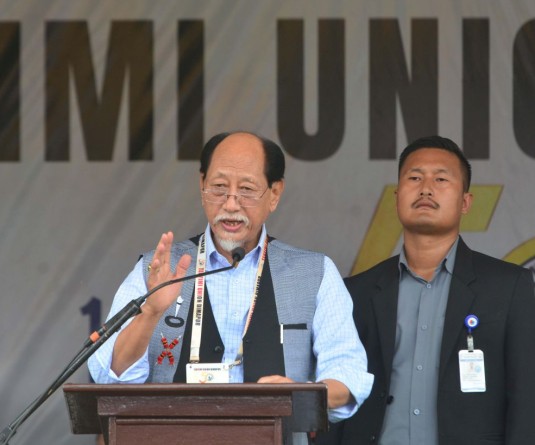
DIMAPUR, JANUARY 2 (MExN): Nagaland figured in the top three states in the country having the highest dropout rates in primary school level. The three northeast states- Arunachal, Nagaland and Meghalaya revealed alarming figures of primary school dropout rates, at a survey.
This was revealed by Union Human Resource Development Minister (HRD) Prakash Javadekar at the ongoing winter session of the Parliament in Lok Sabha, the Times of India reported. The survey was done during the period 2016-17.
Against the national drop out average of 6.35% in primary level, Arunachal Pradesh recorded the highest percentage of primary school drop out in the country at 23.25 per cent, it said. This was followed by Nagaland and Meghalaya at 20.95 per cent and 17.69 per cent respectively.
The primary school dropout rates of other northeastern states includes Manipur at16.79%, Mizoram at 15.36%, Assam at 5.60% and Tripura at 4.39%.
In the upper primary level, Nagaland and Meghalaya recorded the second and third highest percentage of dropouts in the country at 18.28 per cent and 17.59 per cent respectively. This is against the national average dropout rate of 5.67% in 2016-17.
Upper primary level school dropouts of other northeastern states includes- Arunachal Pradesh at 12.81%, Manipur at 12.76%, Mizoram at 9.88% , Tripura at 5.34% and Assam at 2.51%. However, the rate of secondary level school dropouts of the northeastern states was not much higher as none of the states featured in the top of the chart of secondary school level dropout rates.
Even in the higher secondary school level dropout rates, the performance of northeastern states were better as none of them featured in the top positions.
Overall, the primary school level dropout rates shows that the efforts of the government of the northeastern states to improve school education is not so good and is yet to yield effective results.
A statement tabled in the house by the HRD minister said that as per independent surveys commissioned by the ministry to estimate children out of schools in the country earlier, the major reasons were poverty or economic reasons, lack of interest in studies, disabilities or poor health, the report further said.
It was also revealed by the survey that some children were not in school because they were needed to help in domestic work. There were also cases where it was found that education was not considered necessary by the parent or head of the household.





